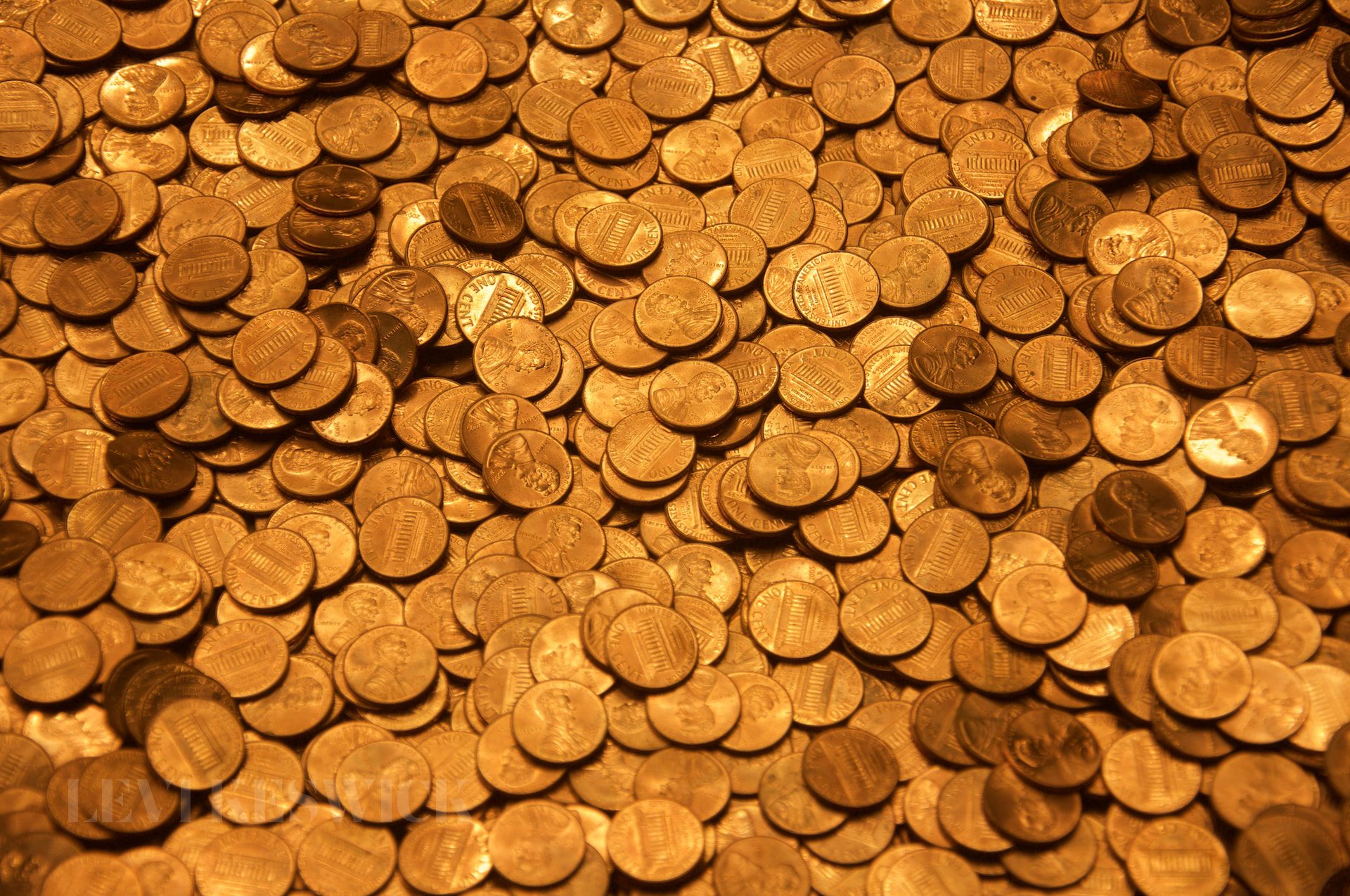Key takeaways:
- Understanding the value and rarity of the 1952 nickel with no mint mark.
- Various factors that influence a nickel’s value.
- Methods to determine the grade of your nickel.
- Popular errors and varieties to be aware of in the 1952 nickel.
The Allure of the 1952 Nickel without a Mint Mark
The world of coin collecting, or numismatics, is filled with hidden treasures, one of which is the 1952 Jefferson nickel. Particularly intriguing is the version without a mint mark – a seemingly common coin that might just have uncommon value.
Deciphering the Value: Factors at Play
When assessing the worth of a coin, various factors come into play:
- Minting Numbers: The 1952 nickel with no mint mark had a substantial minting number, indicating that they are not entirely rare. However, the remaining numbers available today can influence its value.
- Condition or Grade: A coin’s condition can dramatically change its worth. A nickel that has been well-preserved will naturally be more valuable than one that has seen wear and tear over the years.
- Historical Relevance: Coins from specific years can gain value due to their association with significant events or shifts in minting techniques.
The Specific Worth of the 1952 Nickel with No Mint Mark
Originating from the Philadelphia Mint, this nickel had a vast production number. Today, with many coins being lost to time or damage, the ones that remain in mint condition are a collector’s delight.
While circulated coins might fetch between 10 to 20 cents, uncirculated specimens can range from $1 to $3. Exceptional specimens, graded with Full Steps details, have seen record prices, with some even reaching the $9,400 mark.
Grading Your Nickel: An Essential Step
Before you jump to conclusions about your nickel’s worth, understanding its grade is pivotal. Acquire a coin magnifier and familiarize yourself with the U.S. Coin Grading Standards. Self-grading can be an exhilarating process, leading to surprising discoveries about the coins you own.
1952 Nickel Varieties and Errors: Discoveries Await
Coin minting, while a precise art, is not devoid of errors. The 1952 nickel, too, has its share of unique errors that can significantly amplify its value:
- Doubled Die Nickels: Minor doubling on Jefferson’s eye or the inscriptions on the reverse side can increase the coin’s worth to between $25 to $50.
- Off-Center Strikes: If your nickel appears off-center, its value could vary from $3 to over $100, depending on the degree of misalignment.
- Repunched Mintmarks: Due to hand-punched mintmarks in the 1950s, anomalies arose, which can increase the value of a coin from $5 to even $50.
- Die Breaks and Cuds: Ageing dies can lead to raised lines or bumps on coins. Depending on the prominence, these can raise the coin’s value from $3 to over $100.
Conclusion
The 1952 nickel with no mint mark, while seemingly ubiquitous, has layers of history and value hidden within. Whether you’re a seasoned numismatist or a newbie in coin collection, understanding and exploring the nuances of such coins can be both financially rewarding and intellectually stimulating. So, dive deep, inspect your coins, and you might just stumble upon a hidden treasure!








